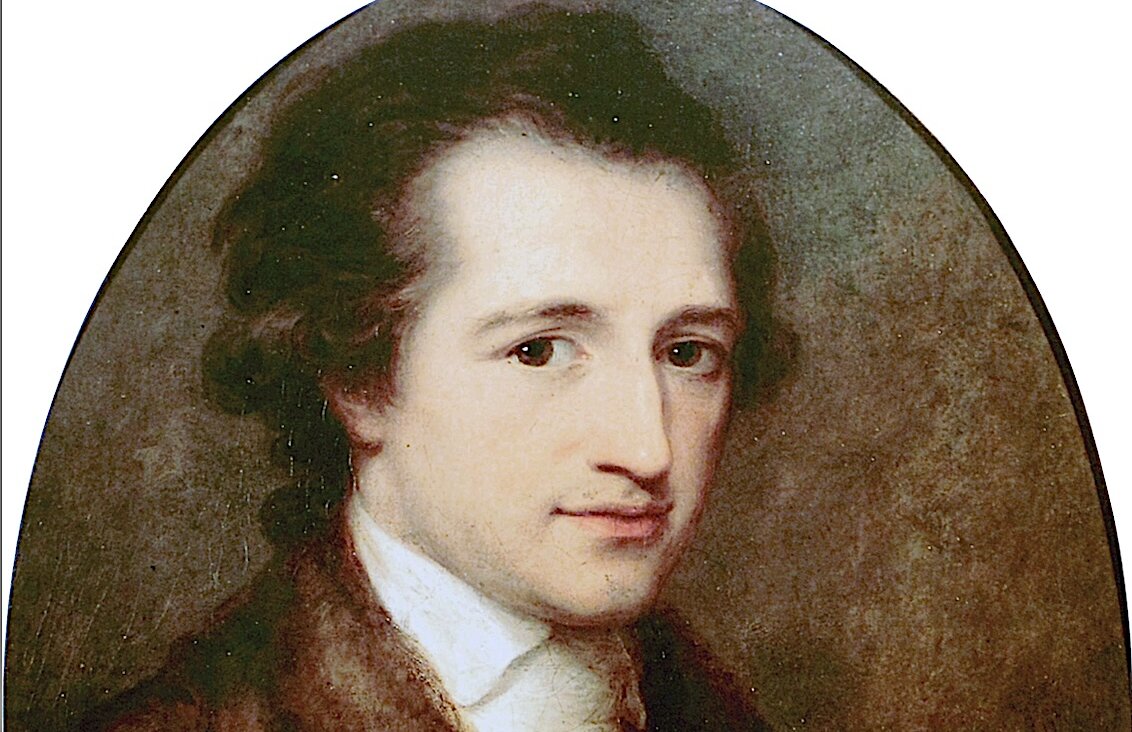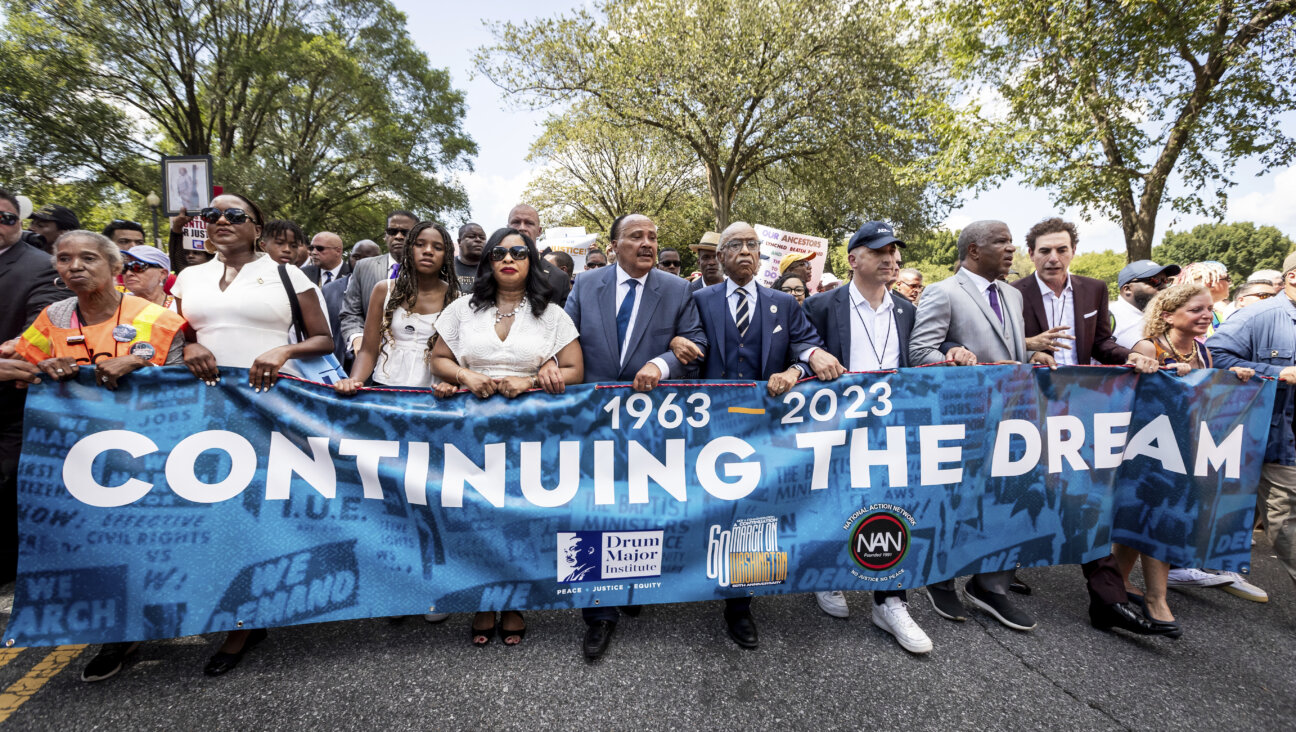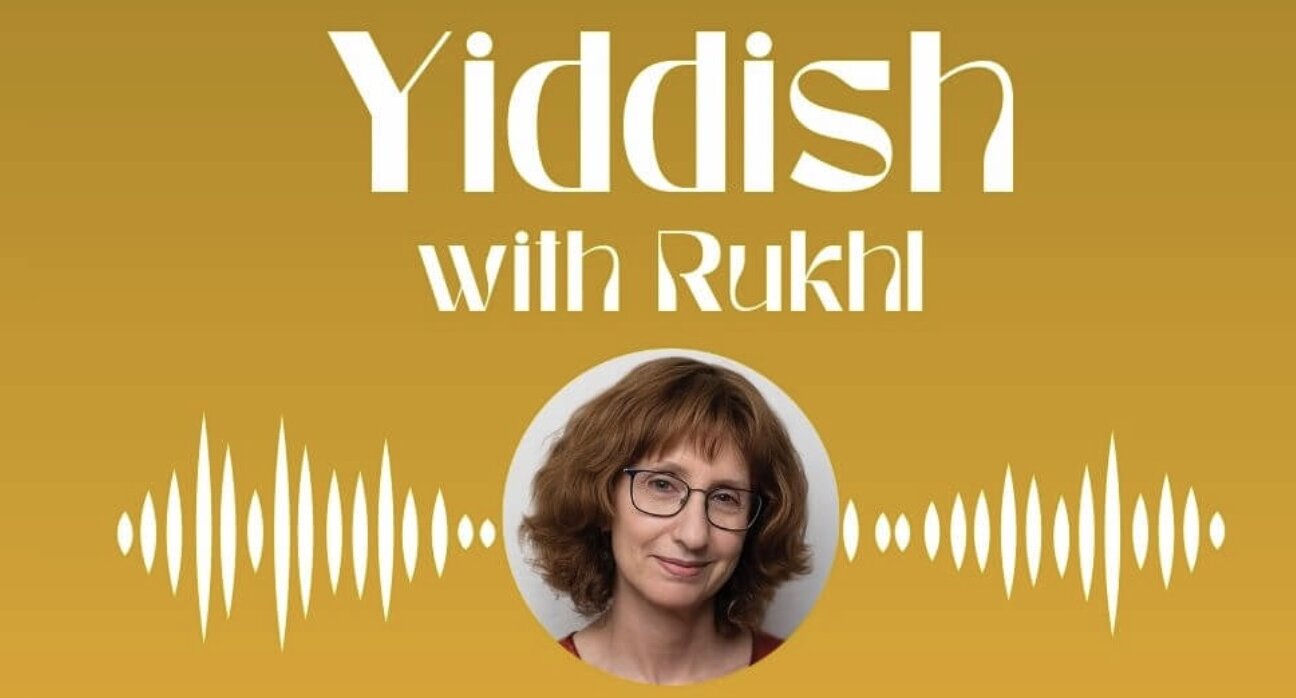New film captures the talent and devotion of musicians choosing Yiddish
‘A subculture within a subculture’: Director Ros Horin chats with the artists and highlights their inspiring performances

Polina Shepherd conducting the Caravan Orchestra & Choir in Haifa Courtesy of Ros Horin
Read the original article in Yiddish here.
Yiddish enthusiasts often use the term Yiddishland to describe their community of like-minded people. This Yiddishland isn’t a nation or physical location but rather a concept that describes people and projects devoted to the Yiddish language and culture. It is variously characterized as symbolic or “post-vernacular,” utopian, decentered, colorful, performative and creative. For these reasons, it can be difficult to gauge how active today’s Yiddishland is, or who is doing what and to what ends.
Ros Horin’s new documentary film, Welcome to Yiddishland, provides its audience with a glimpse into an international Yiddishland that comprises singers, actors, directors, writers and other artists.
Horin, an Australian theater and documentary film director, traveled the globe in search of artists who were drawn to Yiddish as a source of creativity. Some spoke Yiddish from home; others learned the language as adults; still others worked with the language via translation.
Horin accompanied these artists in Berlin, Weimar, Melbourne, New York and Haifa, and spent hours chatting with them about their projects and formed the documentary on the basis of common threads that emerged from their conversations about what Yiddish represented for them; the impetus behind creating in the language, and the goals that drove the projects.
The artists in Welcome to Yiddishland include musician Daniel Kahn in Berlin and New York theater-makers Caraid O’Brien, Mikhl Yashinsky, Melissa Weisz and Jenny Romaine. It also includes excerpts of a Melbourne stage adaptation of Isacc Bashevis Singer’s Yentl and songwriter Josh Waletzky’s song cycle, “Pleytim Tsuzamen” (Refugees Together).
Horin said she didn’t want a narrator to express the filmmaker’s point of view, so what, she asked herself, should the spine of the film be?
“What I wanted all my characters to have in common is that they were artists of some kind or another, and using Yiddish performatively because I feel that artists influence us so much,” she said in an interview. “People go to a great concert, and they come back and say: ‘Wow! What is that language? I want to learn about it.’ Artists help revitalize and develop culture.”
The film is framed by scenes depicting Polina Shepherd and the Caravan Orchestra & Choir, a project that brings together young musicians of Jewish, Arab and German backgrounds. Horin followed them for three weeks as they learned and played together at Yiddish music festivals in Haifa and Weimar. “I just fell in love with all of those young people and how they formed connections through the arts, and how they crossed boundaries and different cultures,” she said.
For Horin, Yiddishland revealed a whole new world. She felt a little like Alice in Wonderland: “Somebody drops through a hole, and then they’re in another world.”
Welcome to Yiddishland offers a rare opportunity to hear about the goals and processes of creating art in Yiddish, from the perspective of the artists themselves. What does it mean to create in Yiddish? What motivates today’s artists to engage with Yiddish, when so few people in their audiences understand the language? Because filming ended just a few weeks before Oct. 7, the film reflects a moment of collaboration and optimism that is perhaps difficult to imagine today.
Horin characterizes Yiddishland as “a cultural community of people whose goal it is to unlock the treasures that are in the language. It’s a heartspace and a headspace. Although Yiddishland is a thousand years old, what people find inside can be progressive, visionary and meaningful to their lives now, and they want to build on it. It’s a kind of subculture within a subculture, and it’s beautiful.”
Welcome to Yiddishland opened in Sydney on June 9 as part of the Sydney Film Festival. It will be screened at future film festivals as well as streaming services.















